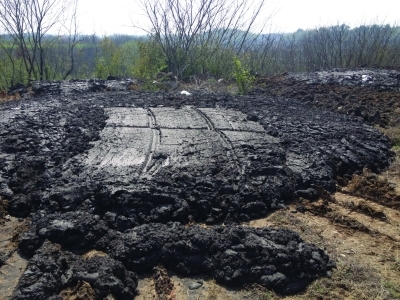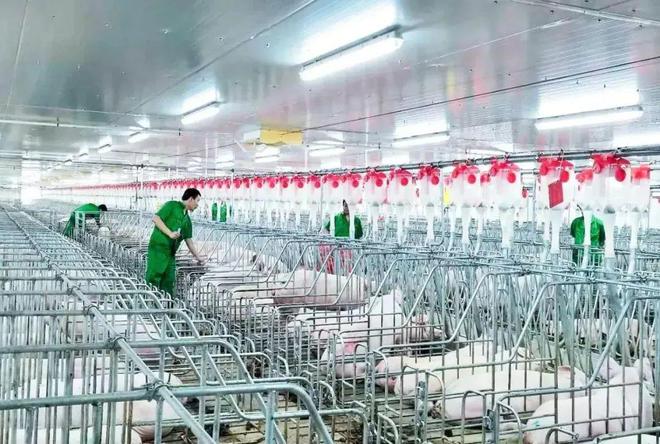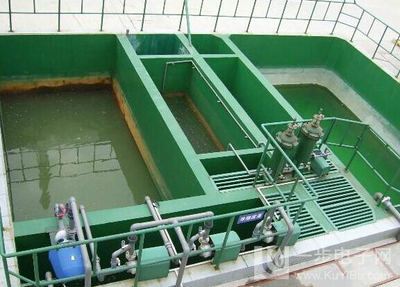Sludge discharge and sludge treatment technology of sewage treatment plant
1. Sludge discharge (precipitation)
In the process of sewage treatment, sewage will produce sludge containing suspended matter and pollutants after passing through the primary sedimentation tank, secondary sedimentation tank and other units. These sludge will be separated from the wastewater by gravity precipitation, resulting in mixed sludge or primary sludge. The sludge discharge process is usually achieved by setting up a settling or settling tank, in which the sewage is left standing or flowing slowly, so that the solid particles settle to the bottom of the pool, which in turn forms a sludge layer, and the water flows out from the top or side.
2. Sludge concentration
In order to reduce the volume of sludge and reduce the treatment cost, it is usually necessary to concentrate the sludge in the sludge discharge tank. The common sludge thickening methods mainly include gravity and mechanical thickening.
Gravity concentration is the use of gravity to make the water in the sludge gradually discharged through natural precipitation or pressure filtration, in order to reduce the humidity of the sludge.
Mechanical concentration is through centrifuges, belt filter press and other equipment, the use of mechanical force to accelerate the separation and elimination of water, to achieve the purpose of rapid concentration.
3. Sludge treatment
Sludge treatment is to reduce volume, stability and resource utilization. Common sludge treatment methods include the following:
Sludge digestion: sludge digestion is mainly through microbial decomposition of organic matter, the organic matter in the sludge into biogas and stable sludge. The biogas produced during digestion can be used as an energy source, while the stable sludge is mainly used for soil improvement or agricultural fertilizer.
Sludge incineration: Sludge incineration is the drying and burning of sludge, the organic matter is completely burned, and the resulting heat energy is generated. Incineration can significantly reduce the volume of sludge while simultaneously disinfecting the sludge and reducing its potential impact on the environment.
Sludge landfill: Sludge landfill is to transport the treated sludge to the landfill, and by controlling the landfill conditions and operation mode, the sludge is safely stored and disposed of underground.
Other related products:
If you want to know more product details, please contact us



